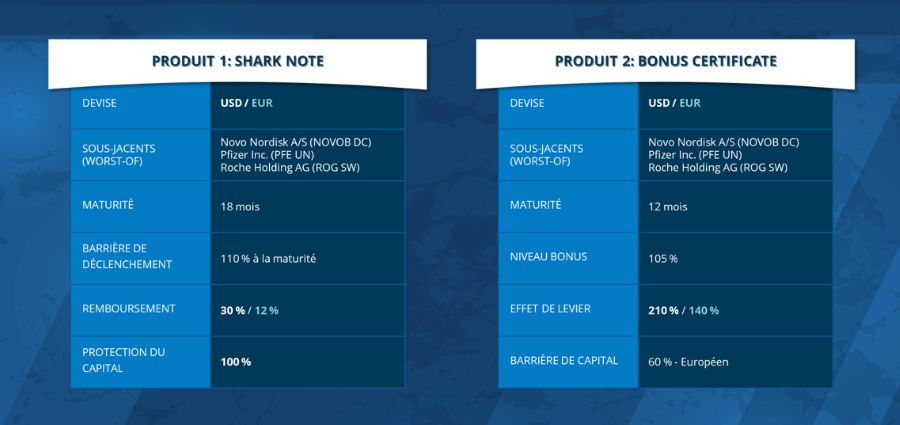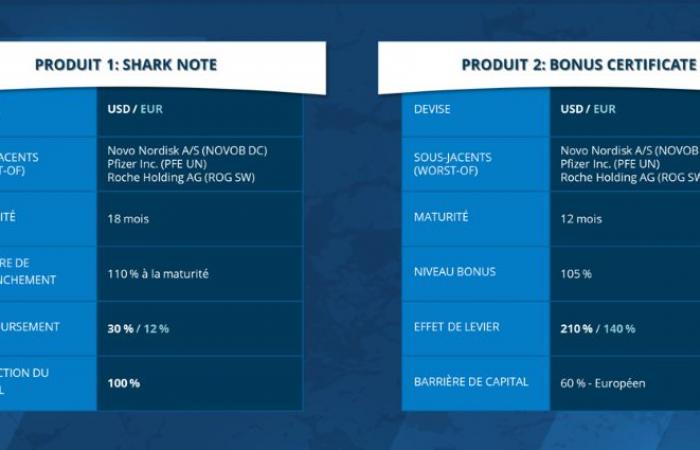Demand for obesity medications has exploded over the past year, driven by a deeper understanding of the root causes of obesity among health professionals and the role that treatments play in preventing obesity. related conditions such as heart disease. This growing awareness has sparked record interest, dramatically increasing consumer demand and allowing a new class of appetite-suppressing drugs to exceed initial growth forecasts.
By Valeria Korshunova, Head of Partnerships
Given this trend, Morgan Stanley Research has revised its forecasts of the global obesity drug market, now forecasting it will reach $105 billion by 2030up from a previous estimate of $77 billion, with growth potential of up to $144 billion. In 2023, sales of obesity drugs were worth $6 billion.
There is no doubt that weight loss medications are a growing trend. With its pioneering advantage in obesity treatments, the Danish company Novo Nordisk has become Europe’s largest company by market value, reaching $572 billion.
The market potential is immense, as the use of anti-obesity drugs remains largely underexploited. According to the Centers for Disease Control and Prevention (CDC), 42% of Americans are considered obese, but only 4 million people, or 1% of the U.S. population, were using GLP-1 obesity medications last year. (Source: BofA Global Research).
Usage expected to increase: JP Morgan analysts predict that by the end of the decade, more than 5% of the U.S. population will be taking GLP-1 weight loss prescriptions (Source: J.P.Morgan). This projected increase explains why the obesity drug market, which reached $6 billion last year, could grow more than 16-fold to $100 billion by 2030, according to Goldman Sachs analysts. (Source: Goldman Sachs).
To take advantage of this market trend, we have selected two products: a Shark Note with guaranteed capital and a Bonus Note on the following underlyings:
Novo Nordisk has capitalized on the growing demand for effective treatments for obesity, and its success with Ozempic and Wegovy has played a major role in its rise to become Europe’s largest company by market value, currently around 572 billion dollars. Novo Nordisk sales in the first half of 2024 increased 24% year-on-year (Q2: +25%), driven by the Diabetes and Obesity Care segment, and sales are expected to grow 21% to 22% in 2024 and 2025.
Pfizer suffered a setback late last year when it stopped working on its twice-daily oral medication due to bad side effects. However, the company is now moving forward with a once-daily tablet, and second-quarter revenue of $13.3 billion increased 2% year-over-year, beating expectations. Pfizer’s version of the GLP-1 receptor agonist consists of a tablet instead of an injection, which could be a major breakthrough as many patients prefer oral medications to injections, which could significantly increase the adoption of weight loss treatments.
Roche recently announced that it is accelerating the development of its weight loss drug following promising data from early-phase trials. This development could provide a tablet alternative to Novo Nordisk’s Wegovy and Eli Lilly’s Zepbound, weight loss injections. The group is poised to return to growth this year, with sales and profits expected to increase. Analysts share an optimistic outlook for Roche, with the 2025 consensus forecasting a solid increase in earnings per share.
Product Overview | SHARK NOTE | BONUS CERTIFICATE









